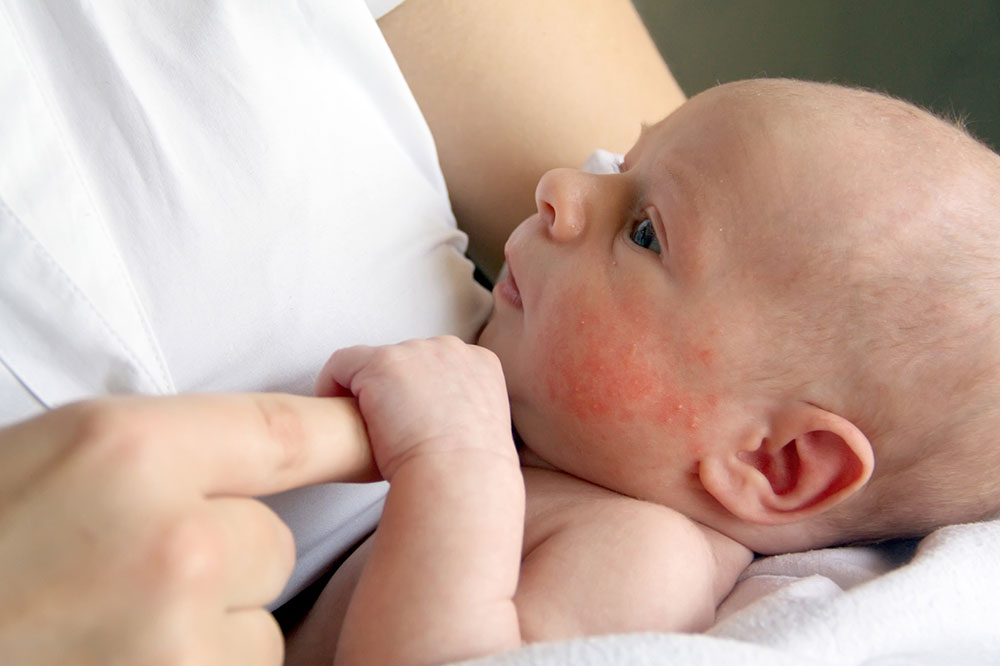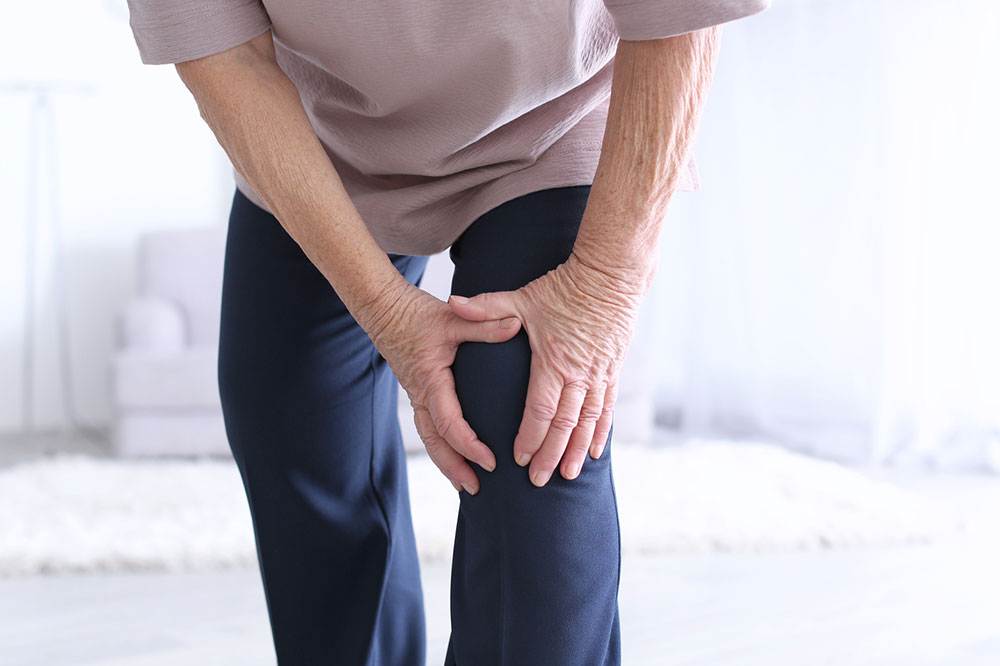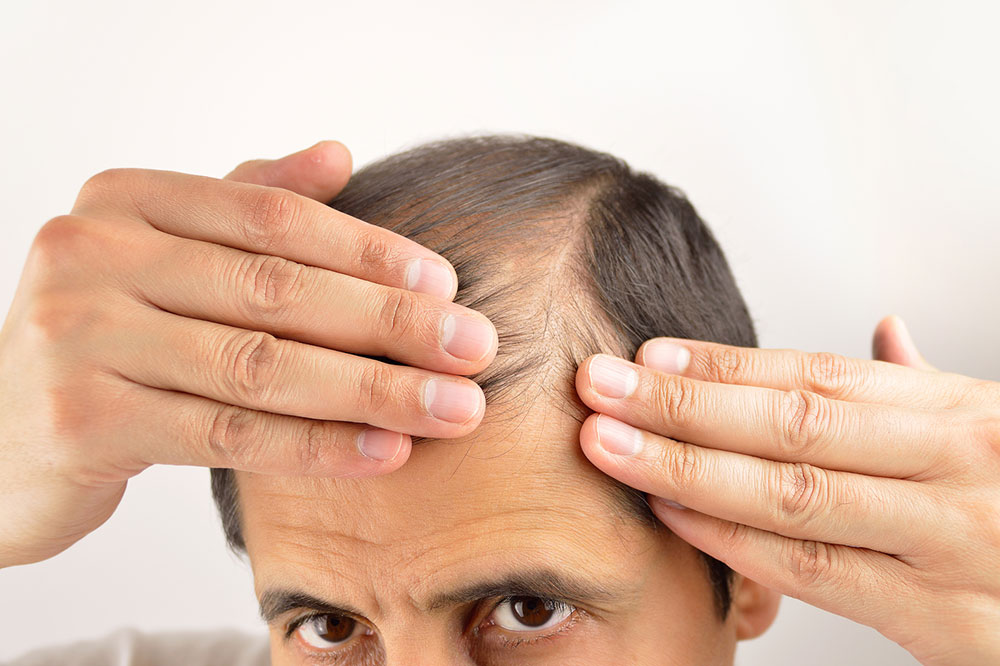Prevent these infant skin issues to keep your baby’s skin flawless

As a new parent, it can be terrifying to discover that your little one’s skin has rashes, spots, and bumps within weeks. But no need to worry much, as most of these skin problems are harmless. They can either be treated or disappear on their own if you don’t mess with them. If you’re new parents, you must know about a few skin issues your baby might face and what to do when they pop up. So, let’s look at some of the most common skin problems in babies:
Baby acne
It’s a common condition that affects about 20 percent of newborns. It can be present at the time of the baby’s birth or pop up within the next 2-4 weeks and last for a few days, weeks, or months. Although the exact cause of baby acne is unknown, researchers believe that it’s stimulated by the mother’s or infant’s hormones. Treating baby acne is the easiest—you have to let it be and do nothing. Don’t touch or squeeze them or try to treat them with medicated soap. Just wash your baby’s face with water two or three times every day and gently pat it dry.
Diaper rash
If your baby’s soft butt is all sore and red, they’re most probably experiencing diaper rash. It’s a skin irritation resulting from moisture, very little air, and the baby’s pee and poo being trapped in a diaper for a long time. This can be easily treated by keeping the diaper area clean and dry by changing the diaper frequently. You can also try using medicated soaps to wipe their bottoms, but wipes containing alcohol are strict no-nos. If the rash persists, it’s advisable to see your pediatrician before applying any creams or other medication.
Cradle cap
Are you noticing some yellow or white, dandruff-like flakes on your little one’s head? This is called cradle cap, and it’s a common skin problem that can affect babies in the first few weeks of being born and last for up to 6 months. It’s caused by excess production of oil by the oil glands around hair follicles. Treating cradle cap is again easy since there’s nothing much you can do except wait until it resolves on its own. If you can’t stand looking at that tiny head with flakes, wash it with mild baby shampoo every day, but don’t scratch it. If you see no improvement, you can see your pediatrician.
Heat rash
Heat rash shows up as tiny red spots that can feel itchy, uncomfortable, and prickly. It can appear on the face, neck, armpits, and upper torso of the baby. Because of the tiny sweat glands that get easily clogged up, babies are more susceptible to heat rash than adults. Though it usually disappears on its own within a few days, it can make your baby uncomfortable. A cool bath is the best way to treat this skin problem. You must not apply any powder or lotion as it can further block the sweat glands. If you don’t see the condition improving in a few days, call your pediatrician.







